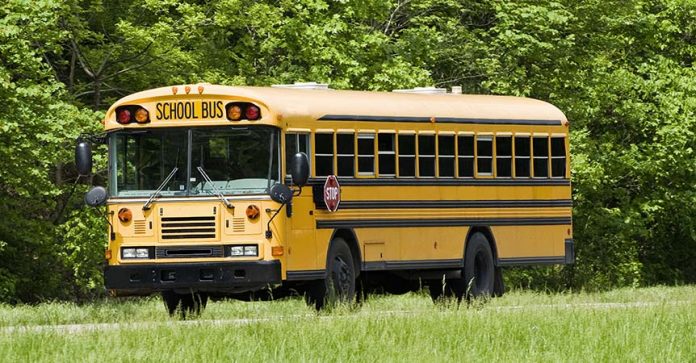By Stefanie Jackson – A little creative thinking and a lot of cooperation between Accomack’s school district, county officials, and the local broadband authority allowed them to get internet connectivity for underserved children learning from home during the COVID-19 pandemic.
Beth Onley, finance director for Accomack County Public Schools, said the county wanted to use CARES (Coronavirus Aid, Relief, and Economic Security) Act funding to provide free Wi-Fi hotspots in highly concentrated areas of homes without internet access, where families of Accomack students live.
The goal was for the Eastern Shore of Virginia Broadband Authority to install the fiber optic cable and other equipment and provide high-speed internet service.
ESVBA would have been unable to build the infrastructure before the Dec. 31 deadline to spend the CARES Act money, but a temporary solution was found, which uses Verizon internet.
The Accomack school district purchased 10 high-performance routers at a cost of about $13,000 and has been installing them in school buses, which are parked in communities with the most need for internet connectivity.
The routers are powered by the batteries in the school bus engines. The batteries are recharged by solar panels installed on the roofs of the buses. If the batteries were not recharged, they could power the routers for only three days before needing to be replaced, Onley said.
A WiFi signal can be picked up within a 400-foot radius of a hotspot, so families may not be able to connect to the internet inside their homes, but it’s accessible.
The hotspots are now in six Accomack communities, with two additional communities to receive service soon:
• Seaside, near White’s Neck Road, Parksley
• Rolling Acres, near Dennis Drive, Bloxom
• Johnson Court, north of Nelsonia
• Clover Hill, near McComas Drive and John Cane Road, Greenbush
• Chestnut Village, near Myrtle Ave., Melfa
• Pettit Street, near Beartown Road, Mappsville
• Royal Tartan Road, near Bethel Church Road, Mappsville (coming soon)
• A.S. West Road, near Craddockville (coming soon)
Most of the communities served are mobile home parks or small neighborhoods of single-family homes.
The communities were chosen after Accomack County Public Schools conducted a survey over the summer and Accomack County employees created a map of all the addresses of students whose parents answered “no” when asked if they had internet at home.
The survey did not differentiate between homes that could not get internet access or families who could not afford internet.
The first Accomack communities to receive the hotspots had the highest concentration of homes with no internet.
The WiFi hotspots work with Verizon internet, but the longterm goal is for the Eastern Shore of Virginia Broadband Authority to provide a high-speed, permanent solution, Onley said.
ESVBA will provide broadband at the WiFi hotspots once the fiber optic cable is installed, and the routers will become the property of the authority.
Fiber optic cable can be buried underground or hung above ground like power lines. There may be a delay in the installation of the cables in some Accomack communities, like Rolling Acres, where there are no telephone poles and the cables must be buried, which is more time-consuming and costly.
The most difficult part of the project has been finding the right places to park the buses and getting permission from property owners to use the spaces, Onley said.
But the families who use the WiFi are appreciative, and once a bus is parked, “the communities are protective of it,” she said.
Accomack County, the school district, and the broadband authority started “a great partnership” with the WiFi project, which was truly a “cooperative effort,” Onley said.
The result is helping underserved children by providing internet access and improving the quality of their education during a global pandemic, and that’s “pretty cool.”



